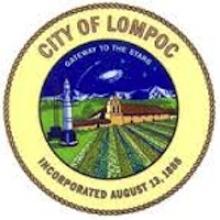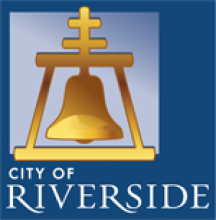DIY Wireless in Brinnon, Washington
Seattle has received a lot of attention as it's struggled with the concept of a community network, but people in the small community of Brinnon are moving past the talking phase. A group of residents are tired of waiting for high quality Internet access and don't expect a national provider to bring it to them any time soon. People in Brinnon are considering a fixed wireless approach pioneered in the San Juan Islands, which is a few hours north.
Community members have formed a nonprofit, West Canal Community Broadband Project, to bring wireless Internet service to the town and neighboring communities. Two hundred people have already signed up on the nonprofit’s website.
The community is located about 25 miles due west (62 miles by car to get through the Sound) and home to about 800 people. People in Brinnon with the best connections have DSL, but many use satellite or mobile Internet access. Data caps associated with satellite and mobile plans drive up the costs and neither source is reliable. With such a small population, the locals don't expect any incumbent investment soon; they're exercising their self-reliant muscles and hashing out the details of better local connectivity on their own.
If all goes as planned, Brinnon could see better Internet access options by next summer.
Very Little Connectivity
The community center and the school have high-speed Internet service thanks to a federal grant project in Jefferson County, but residents and businesses struggle to connect.
The goal of this wireless project is fast, reliable Internet service without data limits for both business and residents. The residential download speed will be 25 Megabits per second (Mbps), and business connections will have speeds of 50 Mbps. Customized plans with speeds of up to 250 Mbps will also be offered. No word yet on expected upload speeds. The cost for each tier of service has not yet been decided.
The DIY Wireless Project









